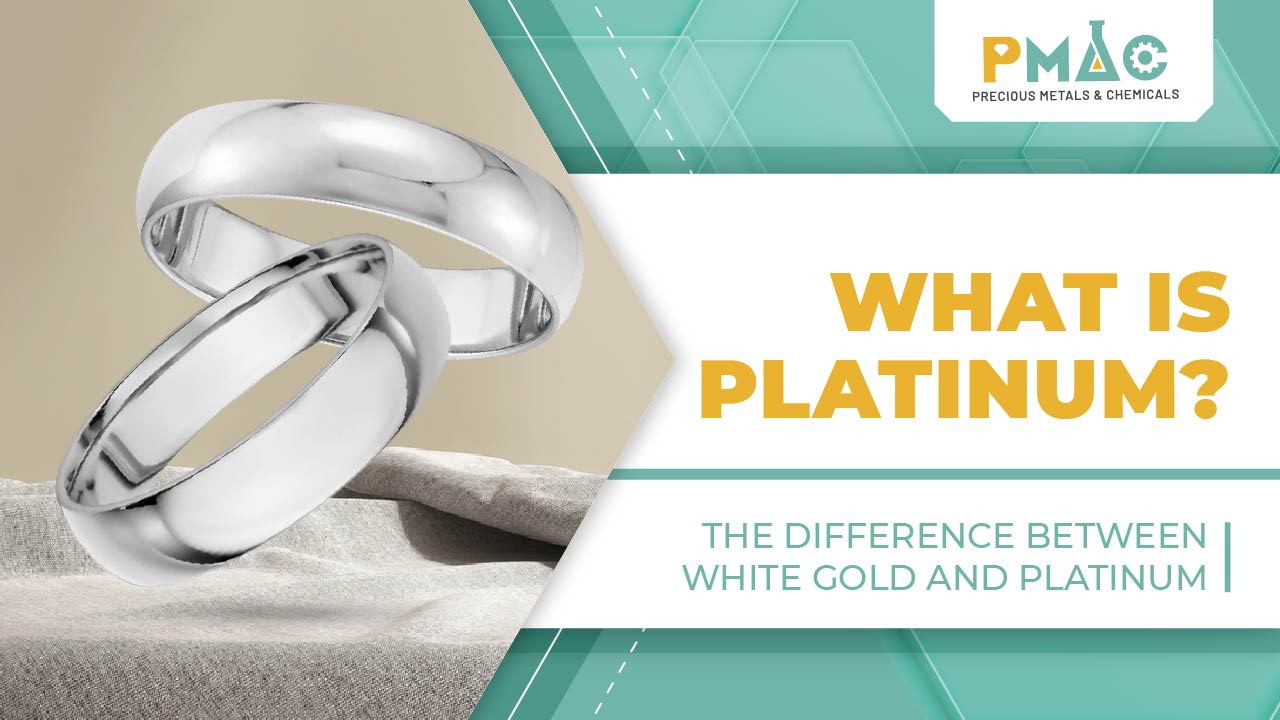Many people may wonder what platinum is, as it is often confused with white gold due to their similar appearance. In fact, platinum and white gold share a common trait: both are rare precious metals widely used in high-end jewelry making. Although many people often confuse them, they have distinct differences in origin, properties, value, and several other factors. In this article, let’s explore platinum, white gold, and compare the differences between these two metals.
1. What is Platinum?
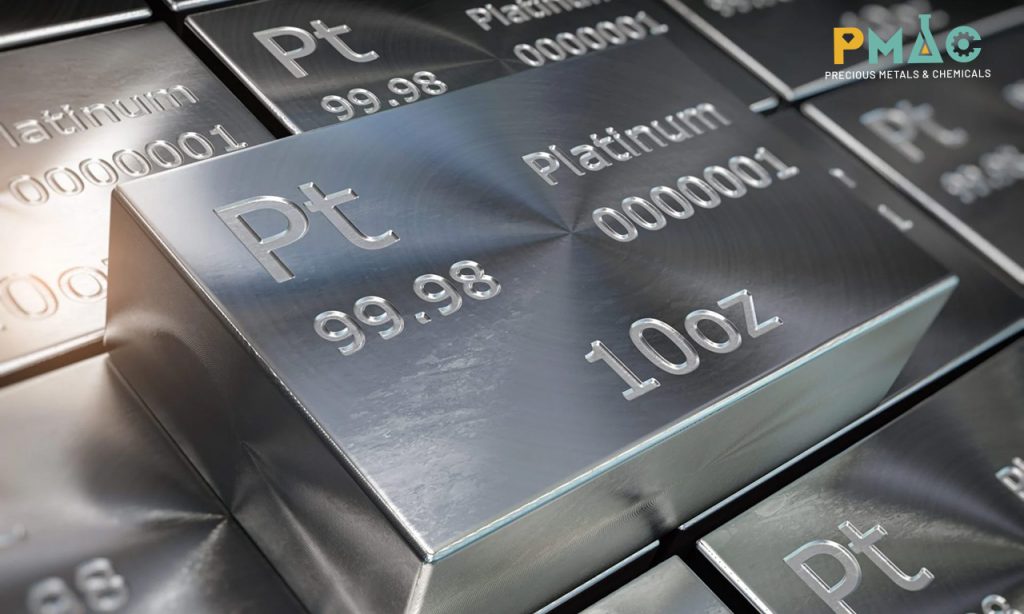
Platinum is a rare metal with a bright white color and extremely high durability. With a purity of up to 95%, some high-end products can reach a purity of up to 99%, making platinum one of the rarest and most valuable metals in the world. A key feature of platinum is its excellent resistance to oxidation and corrosion, which makes it an ideal choice for jewelry, especially wedding rings, necklaces, and other high-end jewelry items.
Platinum does not fade over time, which sets it apart from many other metals. This helps platinum maintain its long-lasting beauty, eliminating the need for maintenance or replacement of coatings like some other metals.
2. What is White Gold?
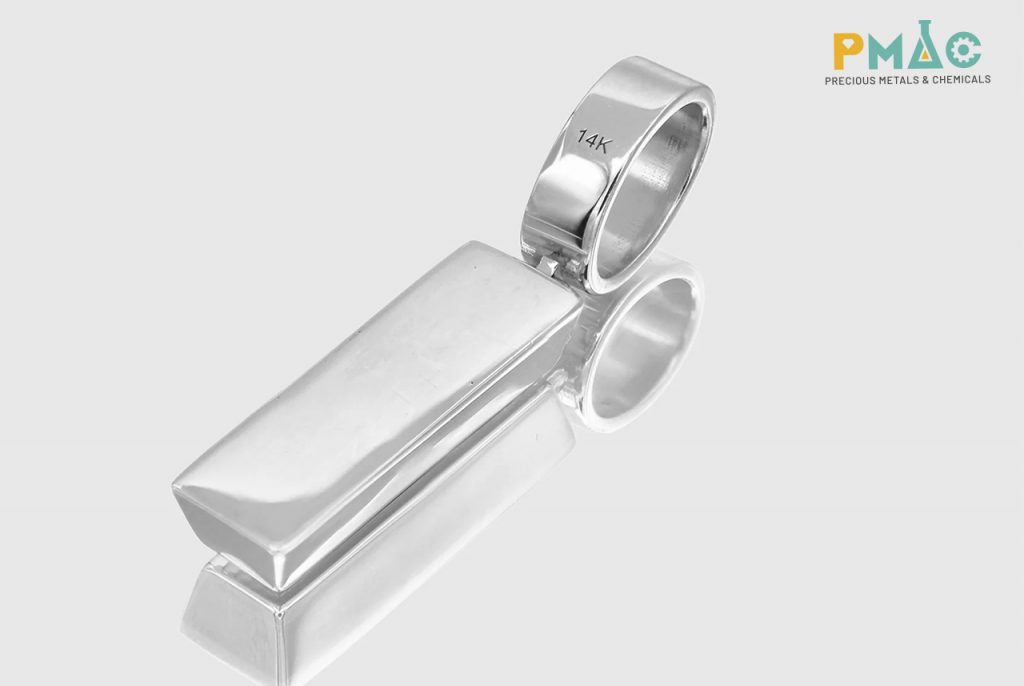
White gold is an alloy of gold, mixed with metals such as palladium, silver, nickel, or platinum to create a bright white color. Although it is called “white gold,” it is, in fact, an alloy and not pure gold.
White gold is often coated with rhodium to enhance its shine and protect the metal’s surface. However, this coating can wear off over time, causing the white gold to return to a color closer to its original yellow hue. This may require periodic re-coating with rhodium.
3. How Do Platinum and White Gold Differ?
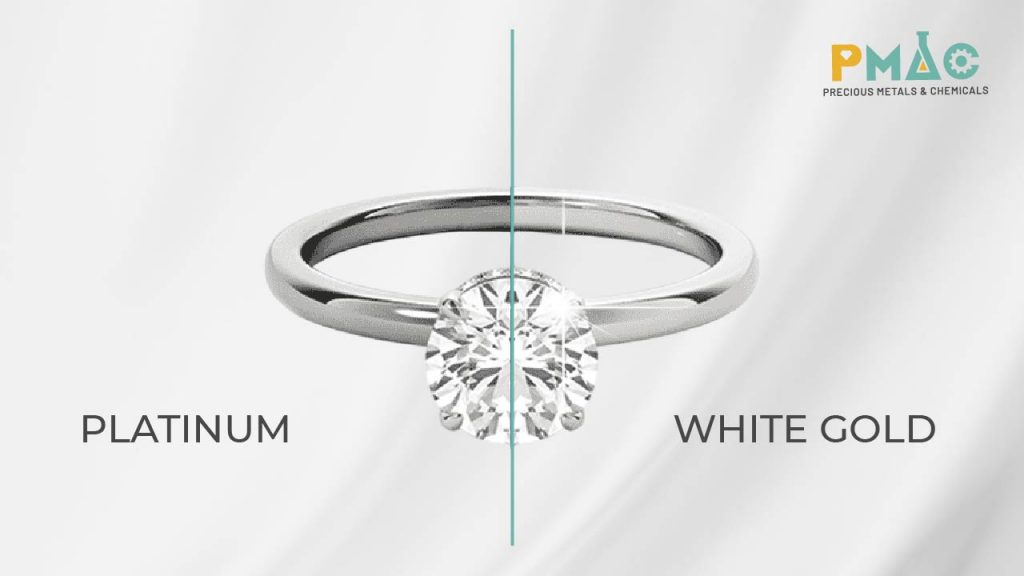
While platinum and white gold both have a shiny, luxurious appearance and are commonly used in high-end jewelry, they differ in many ways, including origin, properties, durability, and value. Below are some key points of comparison between platinum and white gold:
3.1 Origin
- Platinum: Platinum is a rare metal that naturally exists in its pure form. It is mined from platinum deposits in countries such as South Africa, Russia, and Canada. Due to its rarity and difficulty in extraction, platinum is more valuable than many other metals, including white gold.
- White Gold: White gold is an alloy made primarily from pure gold mixed with other metals like palladium, silver, or nickel to create the desired white color. It is a combination of gold and other metals to achieve specific properties.
3.2 Color
- Platinum: Platinum has a naturally bright white color and does not require any processing or protective coatings. The color of platinum remains unchanged over time, even when exposed to environmental elements such as air or water.
- White Gold: The color of white gold is not naturally white; it is a light yellow color that has been alloyed with other metals. To achieve a bright white finish, white gold is typically coated with rhodium. However, this rhodium layer can wear off over time, causing the color to return to its original yellow hue.
3.3 Weight
- Platinum: Platinum has a high density and is much heavier than white gold. This makes platinum jewelry feel more solid and substantial when worn. Its heavier weight also contributes to its higher value, as the extraction and crafting of platinum are more labor-intensive.
- White Gold: As an alloy, white gold is lighter than platinum. White gold jewelry may feel lighter compared to platinum.
3.4 Quality and Durability
- Platinum: Platinum is known for its excellent resistance to oxidation, corrosion, and discoloration over time. It is incredibly durable, making it ideal for long-lasting jewelry items like wedding rings. Platinum is also resistant to scratches and external factors, maintaining its natural beauty over the years.
- White Gold: White gold is durable but cannot match platinum in terms of resistance to corrosion and longevity. While white gold can withstand a certain amount of wear, the rhodium coating will wear down over time, requiring regular maintenance and re-coating to maintain its shine.
4. Frequently Asked Questions
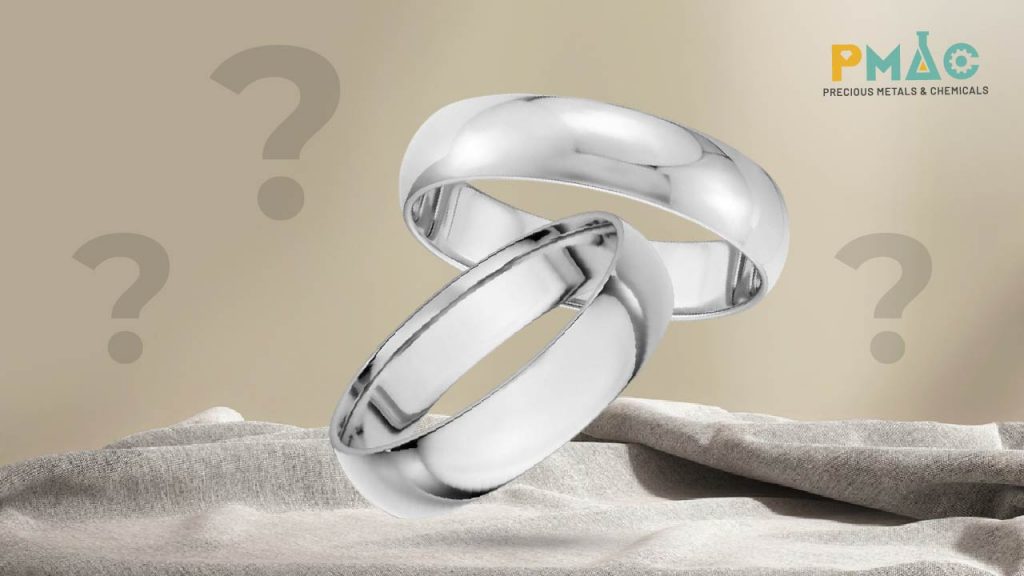
4.1 Platinum Price
Platinum prices fluctuate depending on the market and can vary daily. Compared to gold, platinum is typically more expensive due to its rarity and higher extraction costs. As of now, platinum prices range from $800 to $1,100 per ounce, but this can change depending on global financial market fluctuations and supply and demand within the industry.
4.2 Which is More Expensive, Platinum or White Gold?
In general, platinum is more expensive than white gold. The primary reason is that platinum is a rare metal with higher purity, and its extraction and crafting process is more complex. Platinum is also heavier and more resistant to oxidation, making it more valuable than white gold. White gold, on the other hand, is an alloy made from pure gold and other metals, which makes it less expensive than platinum.
4.3 Platinum Jewelry
Platinum jewelry is the preferred choice for those who value luxury, durability, and timeless beauty. With its excellent resistance to oxidation and corrosion, platinum jewelry not only looks beautiful but also lasts for many years without frequent maintenance. Platinum wedding rings, necklaces, and bracelets will maintain their original beauty without the need for regular upkeep.
Platinum jewelry is also a meaningful gift for special occasions such as weddings, anniversaries, or birthdays, symbolizing love and appreciation.
4.4 How Should Platinum Jewelry Be Maintained?
Platinum is a highly durable metal, but to preserve its shine, it should be properly cared for. Avoid exposing platinum jewelry to harsh chemicals such as bleach, cosmetics, or household cleaners. Store platinum jewelry in a separate box and avoid contact with sharp objects to prevent scratches. You can also take your platinum jewelry to a professional jeweler for periodic cleaning and polishing.
Conclusion
Both platinum and white gold are rare and popular metals used in jewelry making, but they differ in origin, color, weight, and quality. Platinum, with its unique properties, high durability, and timeless beauty, has become the ideal choice for many when purchasing jewelry. While white gold, although not as durable and valuable as platinum, remains a popular option due to its luxurious appearance and more affordable price.
With the information above, PMAC hopes you now have a clearer understanding of the differences between platinum and white gold, enabling you to make an informed decision when selecting jewelry for yourself or a loved one.



